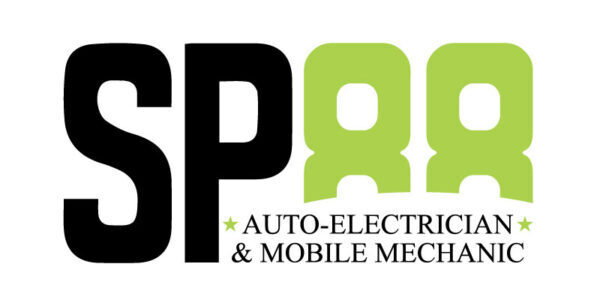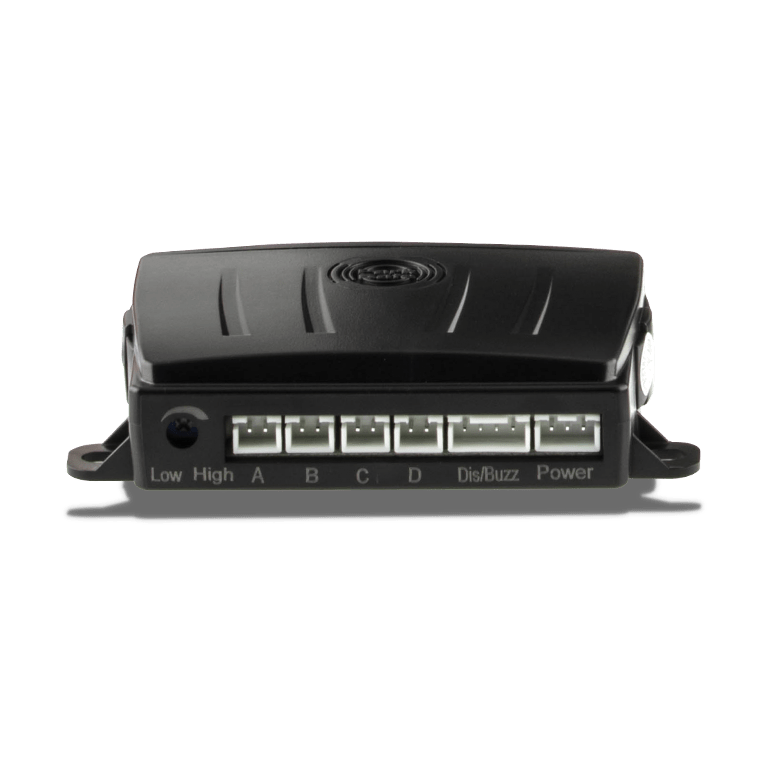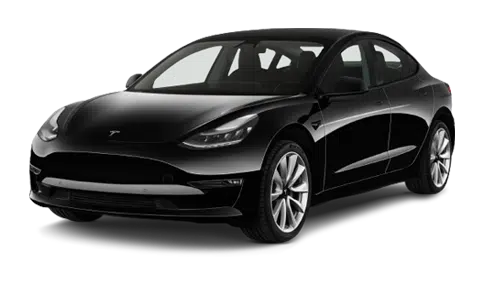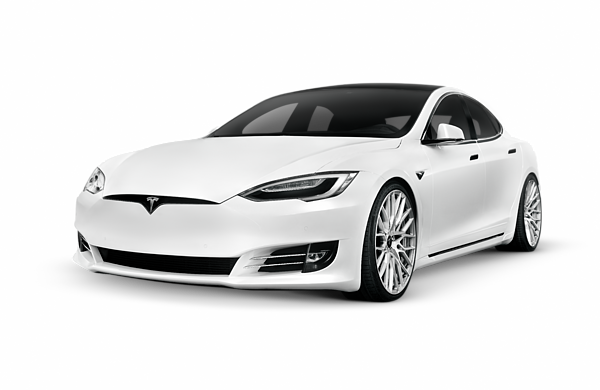The Ultimate Guide to Choosing and Installing Parking Sensors
Introduction to Parking Sensors
In the modern driving experience, parking sensors have become an indispensable tool, enhancing safety, convenience, and confidence. These sophisticated devices assist drivers in navigating tight parking spaces, detecting obstacles that are often out of sight, and significantly reducing the risk of collisions. Our comprehensive guide delves into the types, benefits, and installation processes of parking sensors, ensuring you make an informed decision for your vehicle.
Types of Parking Sensors
Ultrasonic Parking Sensors
Ultrasonic parking sensors utilize sound waves to detect objects around your vehicle. They emit ultrasonic waves, which bounce off obstacles and return to the sensor, determining the distance based on the time taken for the echo to return.
Electromagnetic Parking Sensors
Electromagnetic parking sensors create an electromagnetic field around the vehicle. When an object enters this field, the sensor detects the disturbance, alerting the driver to the obstacle’s presence. These sensors are ideal for continuous detection and work well with both moving and stationary objects.
Benefits of Installing Parking Sensors
- Enhanced Safety: Significantly reduce the risk of parking-related accidents by detecting unseen obstacles.
- Increased Vehicle Value: Adding parking sensors can increase the resale value of your vehicle.
- Lower Insurance Costs: Some insurers may offer lower premiums for vehicles equipped with parking assistance technologies.
- Improved Parking Efficiency: Navigate into tight spaces more quickly and accurately, saving time and reducing stress.
Choosing the Right Parking Sensors for Your Vehicle
When selecting parking sensors, consider the following factors:
- Compatibility: Ensure the sensors are compatible with your vehicle’s make and model.
- Type of Sensor: Decide between ultrasonic and electromagnetic sensors based on your vehicle’s requirements and parking environments.
- Aesthetic Integration: Look for sensors that can be seamlessly integrated into your vehicle’s bumper for a factory-installed look.
- Budget: Determine your budget, keeping in mind that higher-priced options often offer advanced features and better accuracy.
Installation Process
Installing parking sensors requires precision and expertise. Here’s a simplified overview:
- Positioning: Decide on the optimal placement for sensors on the bumper, ensuring even coverage.
- Drilling: Carefully drill holes in the bumper, following the manufacturer’s guidelines to avoid damage.
- Wiring: Route the wiring through the vehicle, connecting it to the display unit and power source.
- Testing: Thoroughly test the system to ensure it operates correctly, adjusting the sensitivity settings if necessary.
Maintenance Tips
- Regularly clean the sensors to remove dirt and debris that could impair functionality.
- Perform periodic checks to ensure all components are functioning correctly.
- Avoid painting over sensors, as this can affect their sensitivity and accuracy.
Conclusion
Parking sensors are a vital component of modern vehicles, offering enhanced safety and convenience. By choosing the right type, ensuring proper installation, and maintaining the system, you can significantly improve your driving experience.



